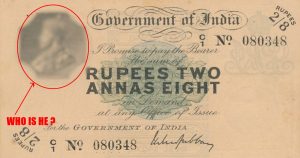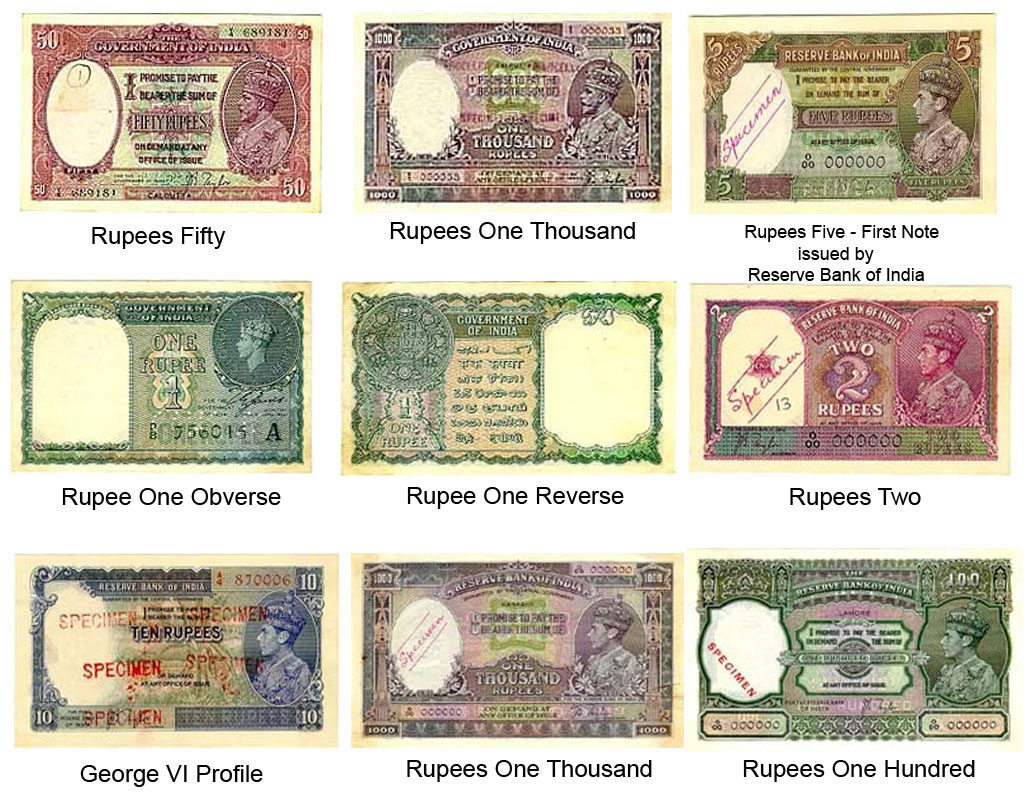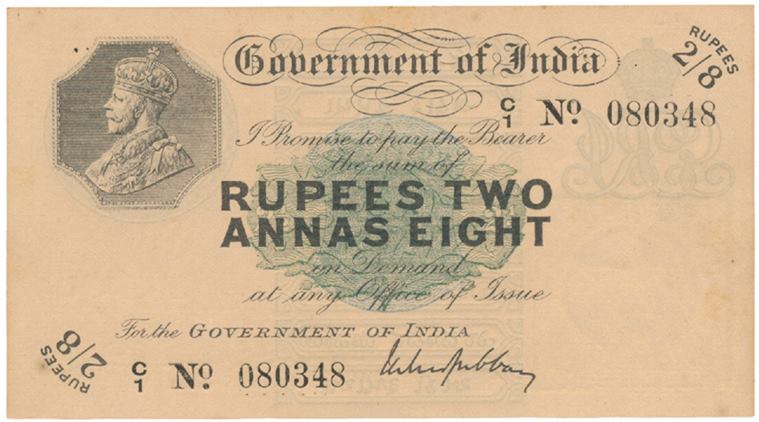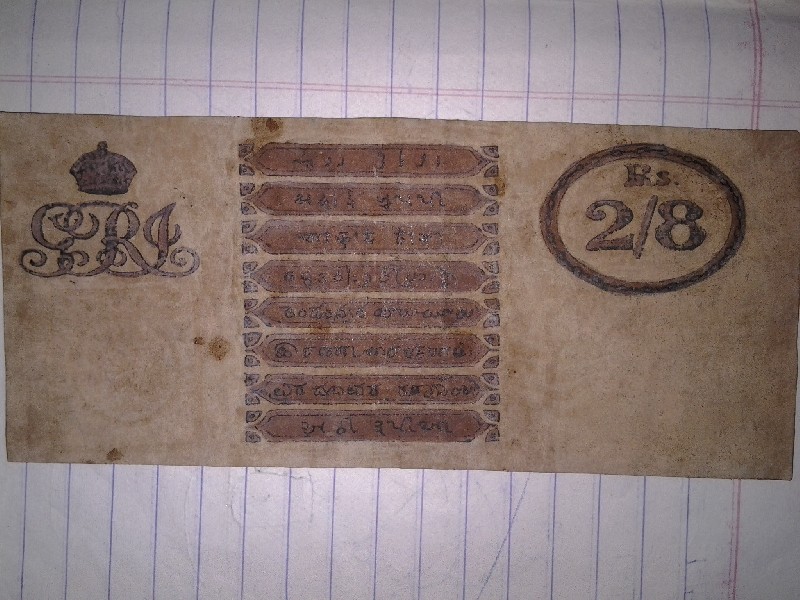
Over 100 Years Ago, India Had A ‘2.5 Rupee Note’ And This Is The Story Behind It
Currency notes play a prominent role in our daily life, despite the basic necessity of them, there’s something more fascinating and peculiar about the paper notes. It might be the design, color, patterns or the signature, they carry the stories printed upon them that convey many important things. Coming to the facts, there is always a specific notion in accepting some typical currency note.

Now, we are living in such an era in which we oblige at accepting some Rs 200 or Rs 2000 notes just because they look new and inaccessible when we need to but some basic products. The fate has same for Rs 10 coins where the story is bit different. Now, imagine a Rs 2.5 note (called as Two Rupees and Ana) in your hands and what can you do with this bizarre currency note? Well, you might stay mute now, but, back then during the early 20th-century one can buy some handsome goods with this money.
Coming to the origin of this exotic note, it is first released by the British government of India on January 2, 1918, back then, it was called Rupees Two and Annas Eight (‘Anna’ is a term adopted from the pre-British Muslim monetary system. This unique, fractional Rupee currency issue completes a centennial today).

Bank notes enthusiast Dr. Suraj Karan Rathi went saying that the currency was printed in England on white, handmade paper and bore the emblem of Emperor George V and the signature of erstwhile British finance secretary M M S Gubbay. The currency marked by seven prefix code variations denoting its circle — A (Cawnpore/Kanpur), B (Bombay), C (Calcutta), K (Karachi), L (Lahore), M (Madras) and R (Rangoon) — which was a vestige of earlier years when currency notes used to be legally encashable only within their circle areas.
The value of the currency (‘adhai rupya’) was stated at the back in eight Indian languages. Significantly, the value of Rs 2.5 was the exact equivalent $1 at the time.

However, this denomination didn’t have a bright lifetime, this collector’s rare delight, was auctioned for a hammer price Rs 6,40,000 against an estimated Rs 2,50,000-3,00,000 in Mumbai’s Todywalla auctions on December 2, 2015. “It was printed when India was experimenting with shifting from the rupee-anna denomination to the dollar. So they came out with this one, which is equivalent to one dollar. In the public space it did not work, so circulation had to be withdrawn, which is why the note is very rare indeed,” Farokh Todywalla, the founder of Todywalla auctions, told media.
Back in 1926, the currency notes of both Re 1 and Rs 2 ½ were withdrawn from circulation due to cost-benefit considerations, as the Government of India once more reverted to coins. While One Rupee currency notes returned in 1940 (during World War II), another currency note of fractional denomination like 2 ½ was never issued thereafter.
Related Article: Why A Delhi Gangster Paid Rs 1 Crore To Buy Rs 36 Crore Of Banned Currency Notes?